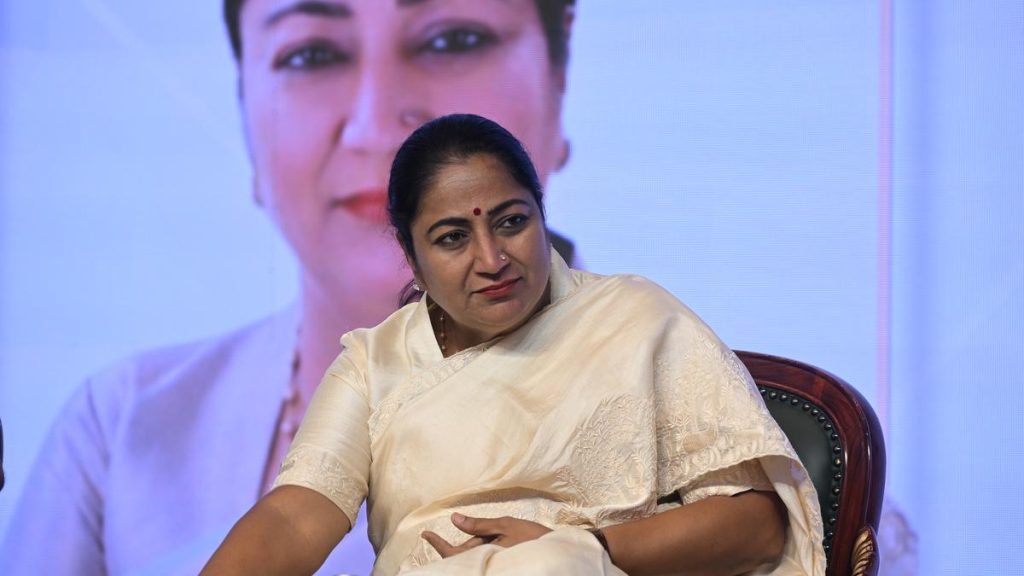Now Reading: From Inefficient to Innovative: 10 Technologies That Transformed Over Time
-
01
From Inefficient to Innovative: 10 Technologies That Transformed Over Time
From Inefficient to Innovative: 10 Technologies That Transformed Over Time

Quick Summary
- Flush Toilet: Originally designed by Sir John Harington in 1596,required refilling of 7.5 gallons of water manually due to lack of plumbing.
- Cars: Steam cars were prominent before internal combustion engines. They offered reliability but faced drawbacks like prolonged start times and limited range.
- Vacuum Cleaners: Hubert Cecil Booth invented the first vacuum cleaner in 1901, requiring horse-drawn transport. It revolutionized cleaning despite its cumbersome size.
- Aspirin: Derived from willow bark containing salicin, aspirin became viable for pain relief only after chemical modifications in the late 19th century.
- Firearms: Matchlock muskets required manual lighting of gunpowder.Flintlock mechanisms later increased speed but muskets retained slow reloading times.
- Cameras: Early cameras had long exposure times (up to 20 seconds) and demanded hazardous chemicals for development-a notable safety concern.
- Watches: Early watches like the “Nuremberg Egg” lacked minute tracking due to crude mechanisms and were bulky to carry rather than wear on wrists.
- Computers: The ENIAC computer (1946) occupied massive space (1,800 square feet), performing up to 5,000 additions per second but requiring days for reprogramming via plugboards.
- Game Consoles: Magnavox Odyssey (1972) was the first home console with simple games; colors were added using plastic overlays on TV screens.
- Phones: Long-distance calls took up to 15 minutes in early usage (~1918), requiring manual connection through switchboards-an advancement over telegraph systems.
Indian Opinion Analysis
This compilation highlights how historically inefficient technologies evolved into indispensable modern innovations that people rely on today-each providing a critical lesson about iterative improvement over time.
For India, such examples underline opportunities within fields like manufacturing precision tools or agricultural tech where even rudimentary devices could be incrementally refined into transformative solutions addressing national development objectives. Aspirin’s chemical refinement story offers insight useful for India’s burgeoning pharmaceutical sector prioritizing efficient drug formulations without compromising safety.
Moreover, given India’s rapid digital adoption rates-from smartphones incorporating multifunctional tech seen here-it may soon play a pivotal role in shaping cutting-edge solutions while overcoming challenges akin to these initial inefficiencies.Analyzing this past progress serves as motivation toward better industrial design strategies informed by resilience through gradual technological enhancements.




























